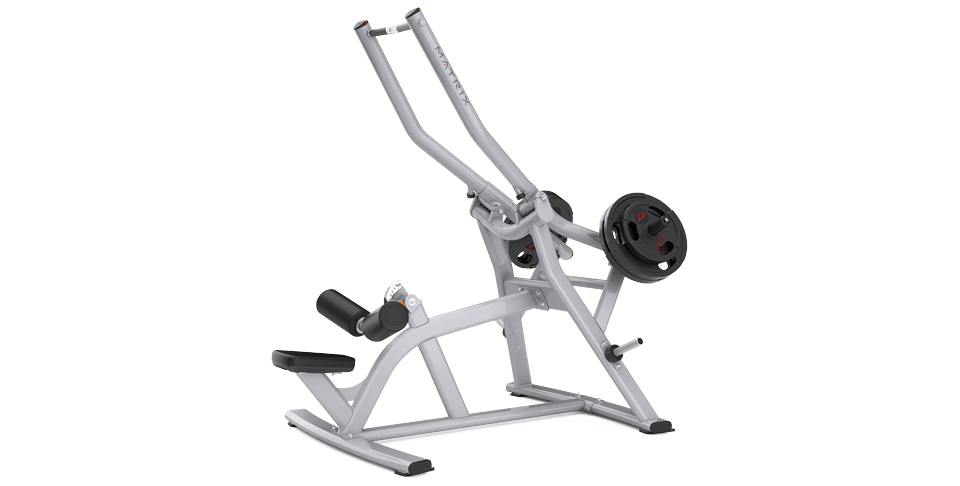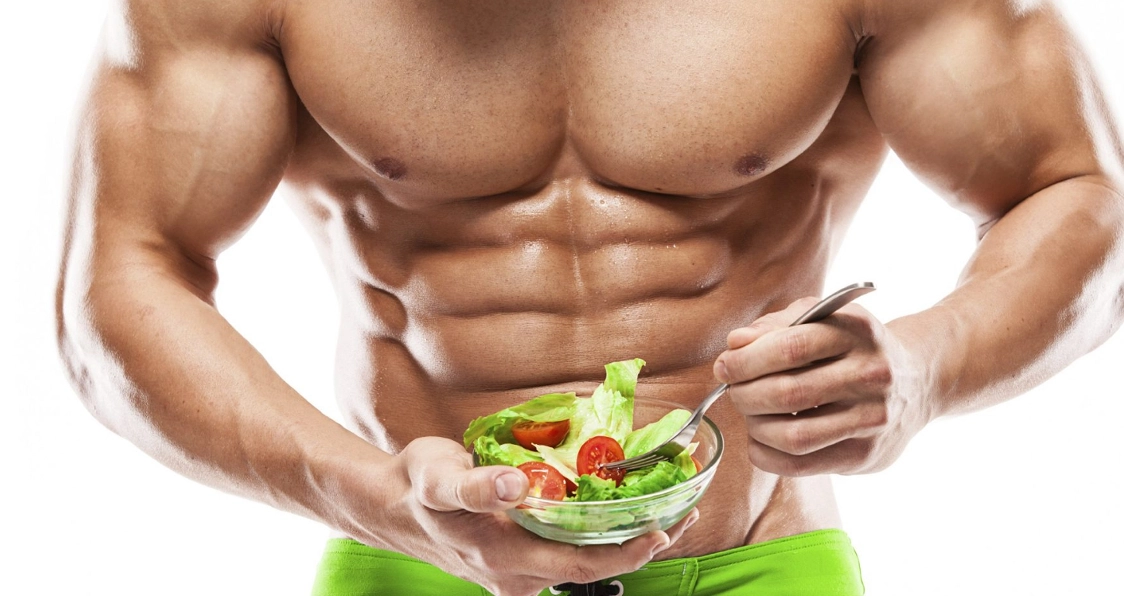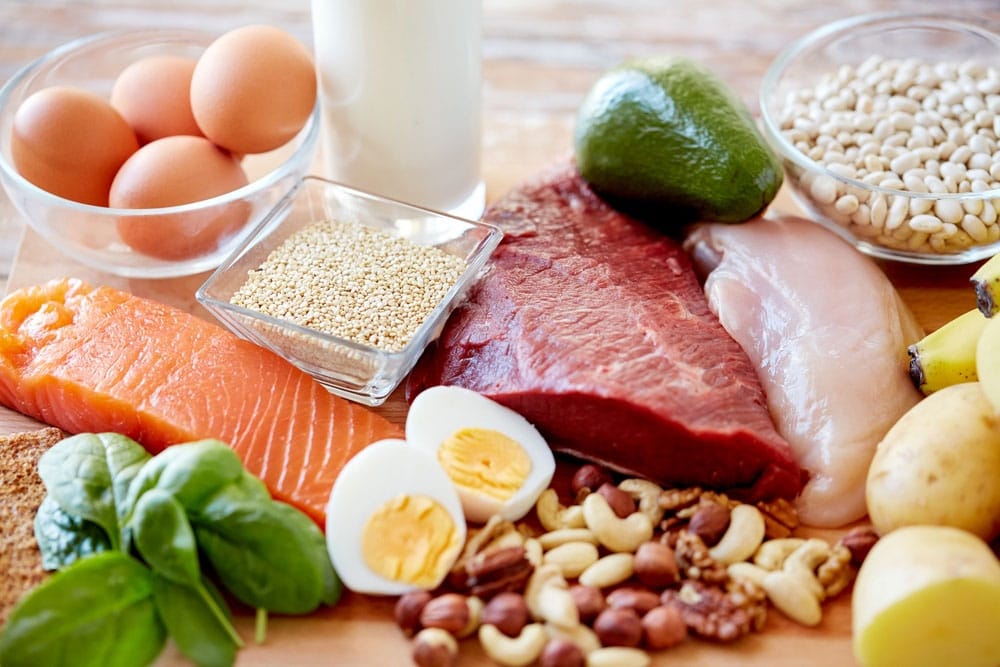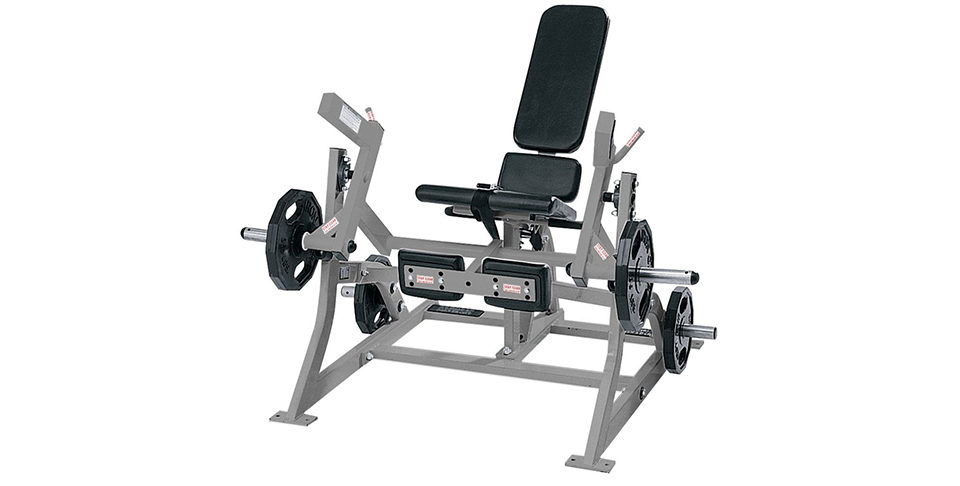Navigating the Landscape of Fat Loss: Diet, Nutrition, and Beyond Embarking on a journey to shed excess body fat involves a multifaceted approach encompassing diet, nutrition, exercise, and lifestyle modifications. While there’s no magic bullet for fat loss, a combination of smart dietary choices, strategic nutrition, and consistent physical activity can yield significant results. In this comprehensive guide, we’ll explore the principles of a fat loss diet, delve into the role of nutrition, and touch upon the use of fat burners and cardio machines in achieving your goals. The Foundation: Fat Loss Diet and Nutrition 1. Caloric Deficit: At the core of any successful fat loss endeavor lies the principle of a caloric deficit – consuming fewer calories than you expend. This can be achieved through mindful portion control, tracking food intake, and making informed choices about the types of foods you consume. 2. Macronutrient Balance: While the concept of “calories in, calories out” is fundamental, the quality of those calories matters too. A balanced macronutrient intake comprising protein, carbohydrates, and fats is essential for supporting metabolic function, preserving muscle mass, and sustaining energy levels. Protein: Crucial for muscle repair and maintenance, protein also has a high thermic effect, meaning it requires more energy to digest, potentially aiding in fat loss. Carbohydrates: Provide energy for workouts and support glycogen stores, but choosing complex carbohydrates over simple sugars can help stabilize blood sugar levels and prevent energy crashes. Fats: Opt for healthy fats from sources like avocados, nuts, seeds, and fatty fish, as they play a role in hormone production, satiety, and nutrient absorption. 3. Nutrient Timing: Strategic timing of meals and snacks can optimize fat loss and support performance and recovery. Consuming a combination of protein and carbohydrates before and after workouts can enhance muscle protein synthesis, replenish glycogen stores, and promote recovery. 4. Hydration: Adequate hydration is often overlooked but is crucial for optimal metabolic function, appetite regulation, and exercise performance. Aim to drink plenty of water throughout the day, especially during workouts. Exploring Fat Burners Fat burners are supplements designed to accelerate fat loss by increasing metabolism, suppressing appetite, or enhancing fat oxidation. While some ingredients in fat burners, such as caffeine, green tea extract, and capsaicin, have demonstrated potential to support weight loss, their efficacy and safety vary widely. It’s important to approach fat burners with caution, scrutinize ingredient labels, and consult with a healthcare professional before use. Leveraging Cardio Machines for Fat Loss Cardiovascular exercise plays a vital role in burning calories, improving cardiovascular health, and accelerating fat loss. Various cardio machines offer effective ways to engage in aerobic activity, each with its unique benefits: Treadmill: Ideal for walking, jogging, or running, the treadmill provides a versatile platform for cardiovascular workouts. Incorporating incline intervals or high-intensity intervals (HIIT) can maximize calorie burn and fat loss. Elliptical Trainer: Low-impact and easy on the joints, the elliptical trainer offers a full-body workout that targets the legs, arms, and core. Adjusting resistance levels and incorporating reverse motion can add variety and intensity to workouts. Stationary Bike: Whether upright or recumbent, stationary bikes provide an effective cardiovascular workout while minimizing impact on the joints. Cycling at varying intensities, such as steady-state or interval training, can optimize fat burning and endurance. Rowing Machine: Combining cardiovascular and strength training elements, rowing machines engage multiple muscle groups simultaneously while torching calories. Focus on proper form and technique to maximize efficiency and prevent injury. The Impact of Weight Training on Metabolism and Fat Loss In addition to cardiovascular exercise, incorporating weight training or resistance training into your fitness routine can have profound effects on metabolism and fat loss. Unlike cardio exercises, which primarily burn calories during the activity itself, weight training offers the added benefit of increasing lean muscle mass. Muscle tissue is metabolically active, meaning it requires energy (calories) to sustain itself, even at rest. As you build and maintain muscle through resistance training, your resting metabolic rate (the number of calories your body burns at rest) increases, contributing to greater overall calorie expenditure. This elevated metabolic rate can persist for hours after a weight training session, known as the “afterburn” effect or excess post-exercise oxygen consumption (EPOC). Over time, the cumulative effect of a revved-up metabolism and increased muscle mass can lead to more efficient fat burning and greater fat loss, making weight training a valuable component of any comprehensive fat loss strategy. Conclusion Achieving fat loss involves a multifaceted approach that encompasses dietary modifications, strategic nutrition, physical activity, and lifestyle changes. While adopting a balanced fat loss diet and engaging in regular cardiovascular exercise are crucial components of this journey, don’t overlook the transformative power of weight training. Incorporating resistance training into your routine can not only increase lean muscle mass but also elevate your metabolism, leading to more efficient calorie burning and greater fat loss over time. Additionally, fat burners and cardio machines can be valuable tools when used judiciously and in conjunction with a healthy lifestyle. Remember to prioritize consistency, patience, and sustainability on your journey towards a leaner, healthier you.









